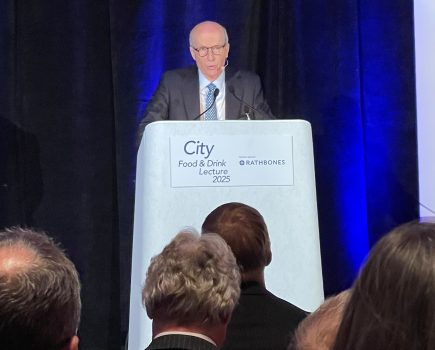Harvest is always a tense affair. First there is the weather to contend with. Then comes the voyage of discovery as the combine sets sail through the crops to see how well they yield (it being famously difficult to tell how a crop might yield by simply walking through it before harvest).
Even once safely in-store, what will samples reveal about suitability for malting, milling and micronising?
But there is a tension hanging over harvest 2023 that no amount of perfect weather, high yield and specific weight can relieve – low arable commodity prices.
‘Low prices’, of course, is a relative term. Only a few years ago, September values of £176 per tonne for feed wheat, £145 per tonne for feed barley and £213 for feed peas would have seemed perfectly acceptable. But that was before the mindboggling levels of inflation in our growing costs that have occurred in recent years.
In the most recent growing season, I had to pay an average of over £680 per tonne for prilled and foliar nitrogen fertiliser. Add to that some very expensive tractor diesel, alarming increases in machinery costs and wildly inflated agri-chemical prices, and harvest 2023 yields are going to have to be bumper for me to stand any chance of breaking even.
A relentless fall in grain prices over the past 14 months has certainly taken me by surprise because all we ever seem to hear about is ‘global warming’ and the impact that climate change is having on food production around the world. And yet, no matter how extreme the drought, say, in southern Europe or the reports of wildfires in Canada, global grain stocks remain adequate and UK arable commodity prices stay in the doldrums.
Of course, as any arable farmer knows, one has to take the good years with the bad. Many of my arable farming peers (although not me) sold their 2022 and 2023 harvests very well as a result of Russia’s brutal and unprovoked attack on Ukraine which sent spot arable commodity prices and grain futures soaring for several months in early 2022.
But feed wheat at £340 a tonne in June of 2022 now seems like a distant memory. Such is the vicious quality of the current cost price squeeze on UK arable farmers, I can’t help but wonder how much longer some of the more marginal arable land currently under cultivation in the South East will remain in production.
Is an arable farmer’s decision to throw in the towel defined as ‘harvest tension taken to breaking point’?
For more like this, sign up for the FREE South East Farmer e-newsletter here and receive all the latest farming news, reviews and insight straight to your inbox.







